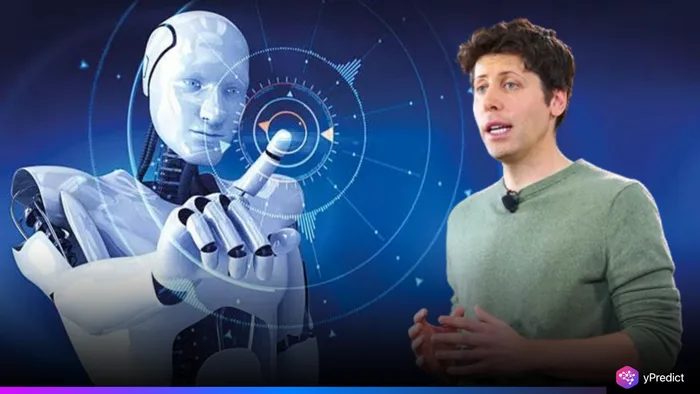
OpenAI CEO Sam Altman has made a bold call for a new class of AI-native hardware, declaring that today’s computers and smartphones are no longer ideal for the next evolution of artificial intelligence.
In what he describes as a “third device,” Altman envisions personalized, portable AI companions that could revolutionize how students learn, interact, and receive feedback in real time.
Reimagining Education with AI-First Devices
Altman suggested technologies that aim to transform education using AI to track students’ attention, emotional state, and learning style in real time. The tools would personalize lesson plans instantly by providing visual supports, audio explanations, or a quiz as appropriate for each student.
Teachers would receive live reports about how well class is going. If everything works as Altman envisions, it would create a completely individualized and responsive learning environment rather than an edtech model that has typically been geared toward personalization.
Teachers Become Mentors, Not Just Lecturers
In this AI-powered classroom model, teachers evolve into strategic mentors rather than just content deliverers, using real-time data to identify and address each student’s unique learning gaps. The system offers personalized support, particularly benefiting shy or struggling learners through targeted reinforcement.
Altman believes this approach could fulfill the long-standing vision of personalized education enhancing, not replacing, the role of human educators.
The Challenges Ahead
Despite its potential, Altman’s vision raises critical concerns. The digital divide could worsen, leaving underfunded schools without access to advanced tools. There are also major questions around how sensitive emotional and learning data will be stored, used, or protected.
Additionally, many teachers are still getting used to basic AI tools introducing real-time AI companions would require significant training and support. Bringing this vision to life would mean a major shift in how schools are funded, equipped, and staffed.
Conclusion
With generative AI now writing essays and passing exams, the leap to hardware integration may be next. Altman’s ideas, once futuristic, could soon become reality making education one of the first sectors to fully adopt AI-native infrastructure.






